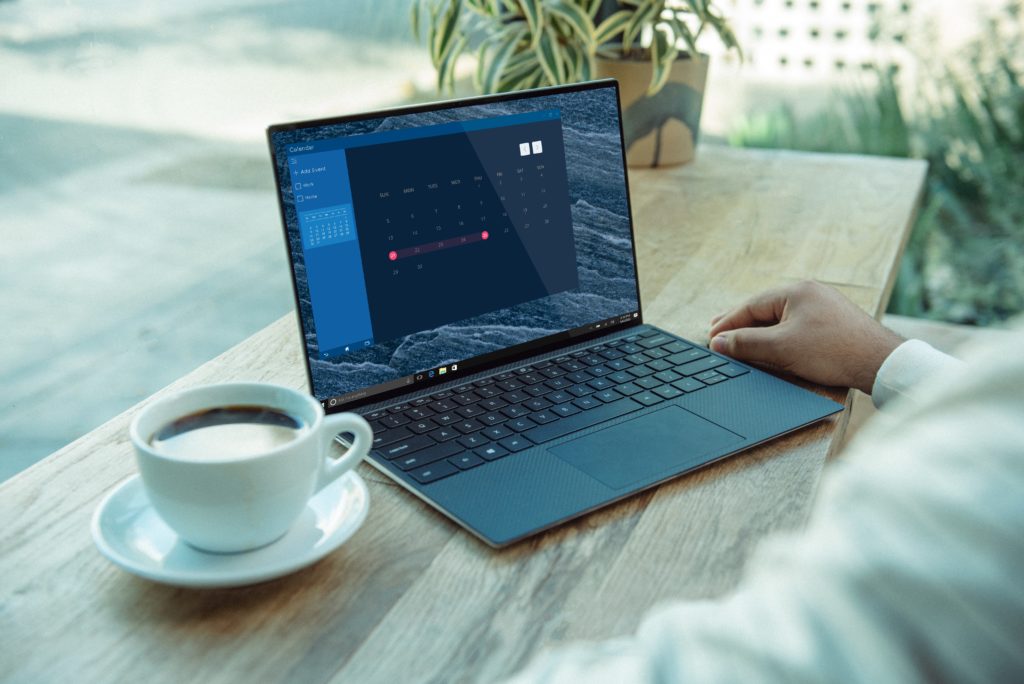While working on a new book, I stumbled on a number I found too compelling not to share. The title of this post has already given it away: the time we spend in front of screens went up substantially during the pandemic.
Pre-pandemic, we spent about 10 hours looking at screens each day. But since March 2020, this screen time has clocked in at more than 13 hours every day.1
The average American spends 7.6 hours a day sleeping. This leaves us 16.4 waking hours to work with each day. Given we spend over 13 of those hours looking at a screen of some kind, this converts to an average of 79% of our daily waking hours staring into our phones, laptops, and tablets.2
The digital world is our new default; the thing we first pay attention to in the morning and the last thing we look at before bed. We occupy two worlds every day—an analog one and a digital one—but we spend more than three quarters of our time in the simulated space.
I’ve written before about the distracting nature of our online world. The greater time we spend on the internet, the more we tend to put things off and get distracted. And alarmingly, the digital world can become a significant source of chronic stress in our lives, which makes us more likely to burn out.
If your screen time has increased over the last little while, you’re not alone. But maybe these habits are now worth reevaluating. The analog world can provide a great source of calm—an ingredient we need more than ever.
As I wrote in a LinkedIn Weekend Essay a while back, the digital world is most valuable when it does three things:
- Saves us time (e.g. booking travel);
- Adds features to our analog lives (e.g. Uber and Instacart);
- Connects us with other people (e.g. dating apps).
Outside this trio of benefits, we should critically evaluate what value the digital world brings to our lives—and whether it drives us further from calm, meaning, and productivity.
Obviously, you should spend your days however you want—our options remain limited with the pandemic, and many are still stuck at home. But the next time you pick up your phone or another device, take note of this time spent in the digital world and how it affects you.
You likely spend more time there than you think.
-
Source: Nielsen numbers, adjusted upward for their reported pandemic increase. ↩
-
Source for the sleeping stat: the American Time Use Survey. ↩
The post Our daily screen time has risen to 13 hours+ during the pandemic appeared first on A Life of Productivity.
// Technology //






















































